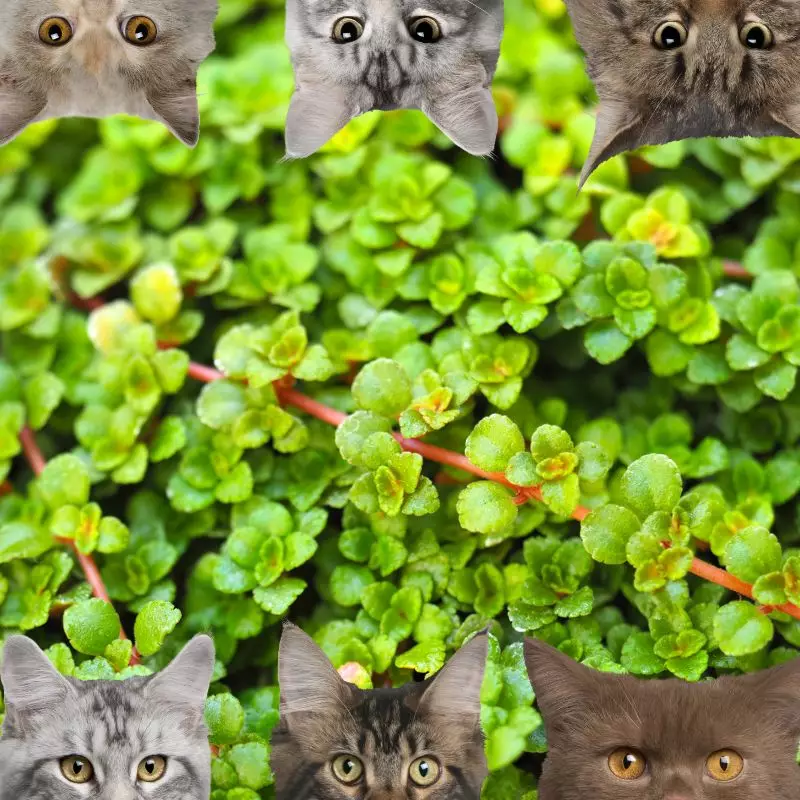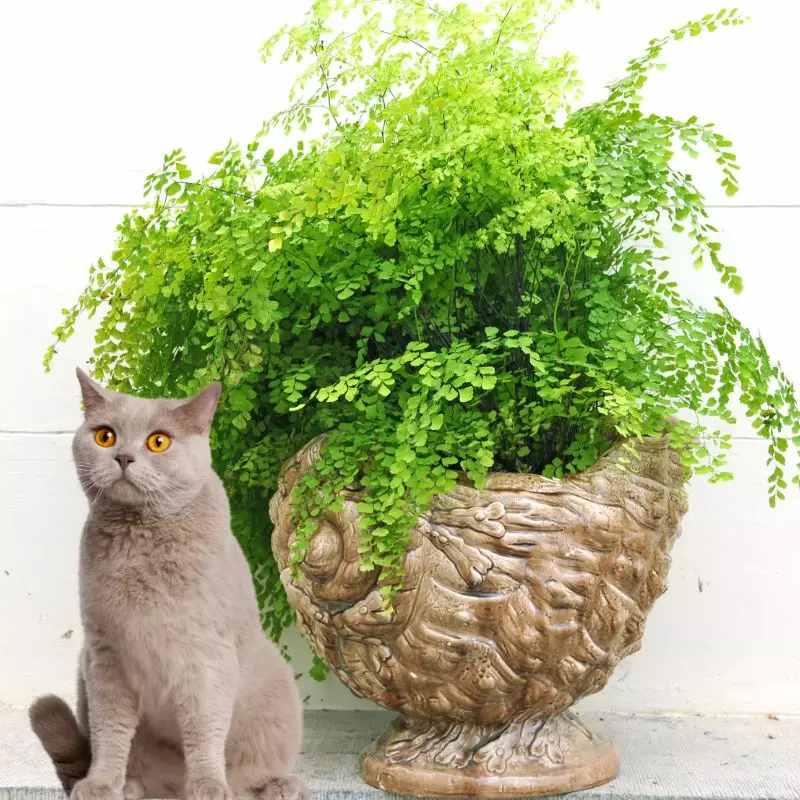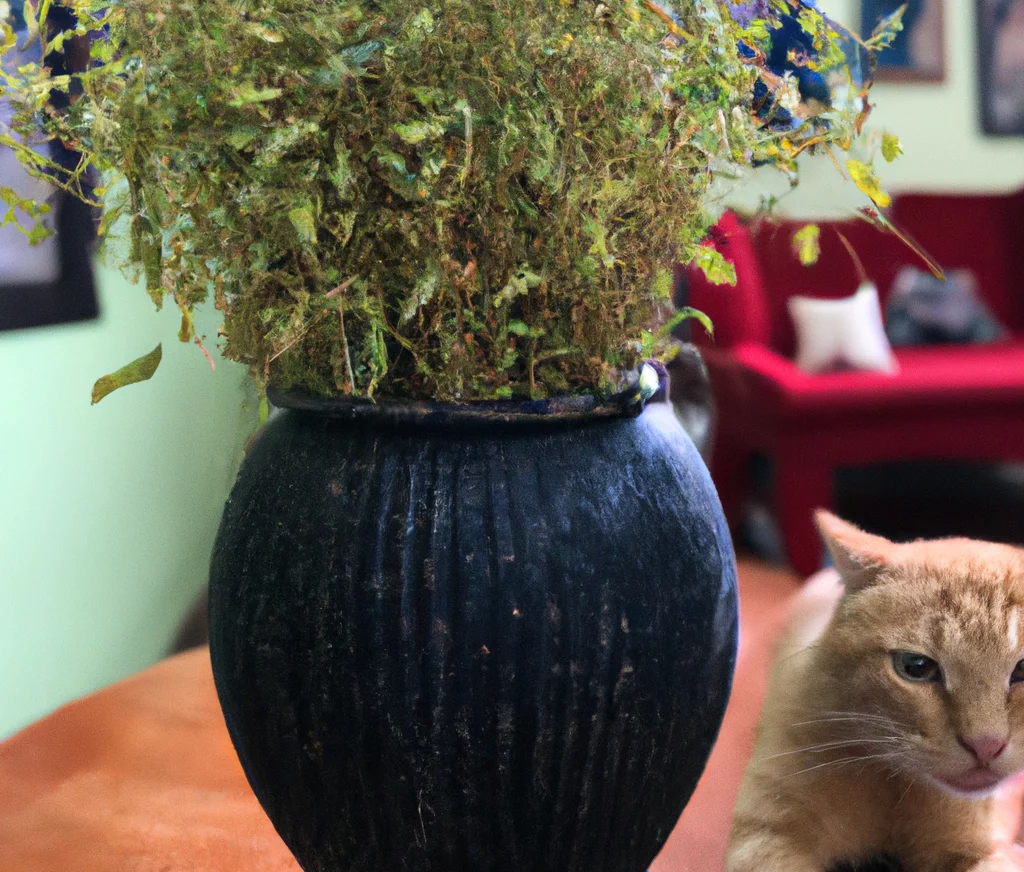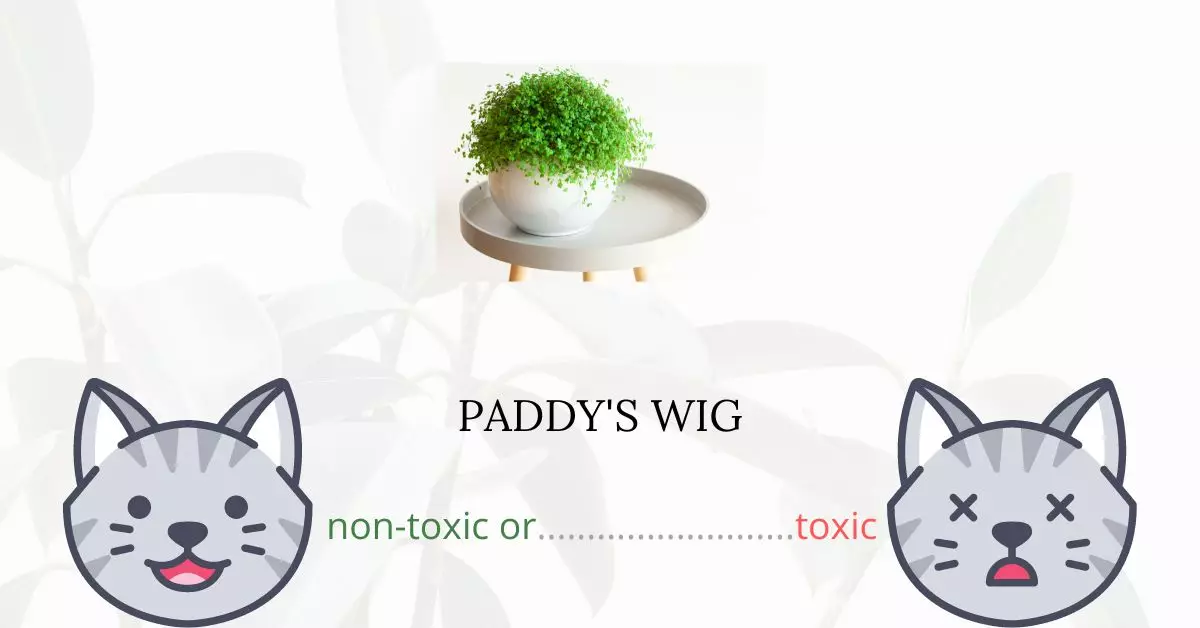Paddy’s Wig, commonly known as Angel’s Tears, Baby’s Tears, or scientifically, Soleirolia Soleirolii, is not toxic to cats. It’s a cat-friendly plant that homeowners can comfortably cultivate indoors, whether in bucket-like containers or even terrariums.
This article has been penned in collaboration with a team of experienced DVMs (doctors of veterinary medicine). Leveraging their insights and our extensive research from high-authority websites like ASPCA and PetMD, we endeavor to provide accurate and up-to-date information on the potential risks plants like Paddy’s Wig pose to our feline friends. Rest assured, the non-toxic nature of Paddy’s Wig makes it a commendable choice for households with pets, especially cats and dogs.
Can Cats Eat Paddy’s Wig?

The first rule is to always be aware that anything can be hazardous if you aren’t paying close enough attention. Every cat is unique, and factors like the quantity consumed and any possible allergies should be taken into consideration.
Cats and other carnivorous animals consume meals high in protein. Therefore, plants should not be a frequent part of their diet. Cats can eat some plants, but always remember to give them to them in moderation.
Additionally, you ought to be conscious of the products you use for your plants. Commercial fertilizers and insecticides, for example, can leave hazardous chemical residues on plants. If your cat ate or inhaled these remnants, it might poison them and put them in danger of dying.
What is a Paddy’s Wig?

A member of the nettle family is the plant known as Paddy’s Wig (Soleirolia soleirolii). It goes by several common names, such as baby’s tears, angel’s tears, peace in the home, bits, and pieces, bread and cheese, Corsican creeper, Corsican curse, friendship plant, mind-your-own-business, mother of thousands, and pollyanna vine. It has also been called Irish moss, though it is not a moss and shouldn’t be confused with Sagina subulata or Chondrus crispus (an alga). It is a delicate-looking creeping herb that has tons of tiny white blooms and luscious, bright green or yellow leaves.
This species is indigenous to Italy and the surrounding islands in the northern Mediterranean region, but it has been introduced and farmed almost everywhere as an attractive garden plant. It has been reported from the counties of Antrim and Down in the northeast of Ireland.
Keeping Cats Away From Paddy’s Wig

You can either think about placing chicken wire on top of your soil or try spreading cat repellant in the area. Cats won’t use the dirt as a litter box if this stops them from scratching and digging in it. Similar to dogs, cats usually avoid places that have been mulched with stone, pebbles, or other similar materials.
You can select to include plants that cats are known to avoid since they are not delicious or enticing to them. For instance, some plants, like the scaredy-cat plant, release scents that cats find repulsive (Coleus canina). Rue, lavender, rosemary, and pennyroyal are some additional herbs that are frequently suggested for cat deterrent purposes. However, you might also tempt them by putting catnip in locations outside the garden where they are more accepted.
Plants to Avoid For Your Cats
If you are a cat owner and unsure if the plants growing in your yard are harmful to your cats, check out this list of toxic plants for cats. You can also check our list of non-toxic plants for cats.





